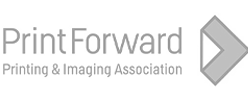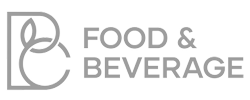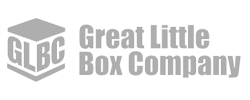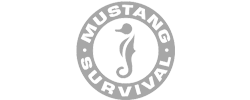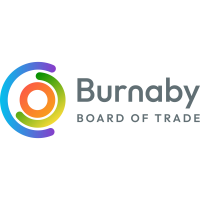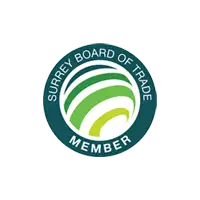Workplace Hazardous Materials Information System (WHMIS) Course
$49.00*

CREDENTIAL
Course Certificate

DELIVERY
eLearning (Self-paced)

DURATION
Approx. 3-4 hours

CLASS SIZE
Private Link

PREREQUISITES
English CLB 6
Course Description
In the manufacturing industry, hazardous materials are present in various forms, and understanding how to work safely around these materials is essential for maintaining workplace safety. This comprehensive course is designed to equip participants with the knowledge to recognize hazardous substances, identify their potential dangers, and understand how to handle and store them safely. By the end of the course, you will be confident in your ability to protect yourself and others from the risks posed by hazardous materials in the workplace.
Course Outline
Recognizing Hazardous Materials
Understanding what qualifies as a hazardous material is the first step toward protecting yourself and your coworkers. This module introduces the types of chemicals and substances that are considered hazardous and provides the foundational knowledge required to identify them in a work setting. You’ll learn why it’s important to recognize potential hazards and how to safeguard yourself from exposure.
Forms and Entry Routes of Hazardous Materials
Hazardous materials come in different forms—solids, liquids, gases, and vapors—all of which can pose risks. In this module, you will explore the various forms of toxic materials and how they can enter the body. Understanding the entry routes—such as inhalation, ingestion, skin absorption, and injection—will help you mitigate the risks they present.
Understanding Hazard Communication (HazCom) and Labeling Standards
Hazard communication is key to preventing accidents in the workplace. This module will explain the major updates to hazard communication standards and the requirements for proper labeling. You’ll also learn about the critical elements of safety data sheets, and how your employer must ensure that all employees understand the risks associated with hazardous materials.
Handling Hazardous Waste and Emergency Response Plans
Improper disposal of hazardous waste can lead to serious environmental and health hazards. This module covers the definition of hazardous waste and outlines best practices for managing it safely. You will also explore the importance of having an emergency response plan in place, ensuring that your workplace is prepared to respond effectively to hazardous material incidents.
Safe Storage of Hazardous Materials
Proper storage is crucial for minimizing the risks associated with hazardous materials. In this module, you will learn about the flash points and boiling points of liquids, as well as the characteristics of flammable materials. This section will provide you with the knowledge and best practices for safely storing hazardous substances, preventing potential accidents and injuries in the workplace.
Admission
- Recommended English CLB 6
- Have access to a device that meets the system requirements to use Northwest Skills Institute online courses
*Price quoted are in Canadian funds, per person, per registration, and does not include any applicable taxes. Subject to change without prior notice.
Preparing you for success
The Northwest Skills Institute is an industry focused training organization.
Our programs are geared specifically for industry, making students more qualified and READY FOR WORK.











